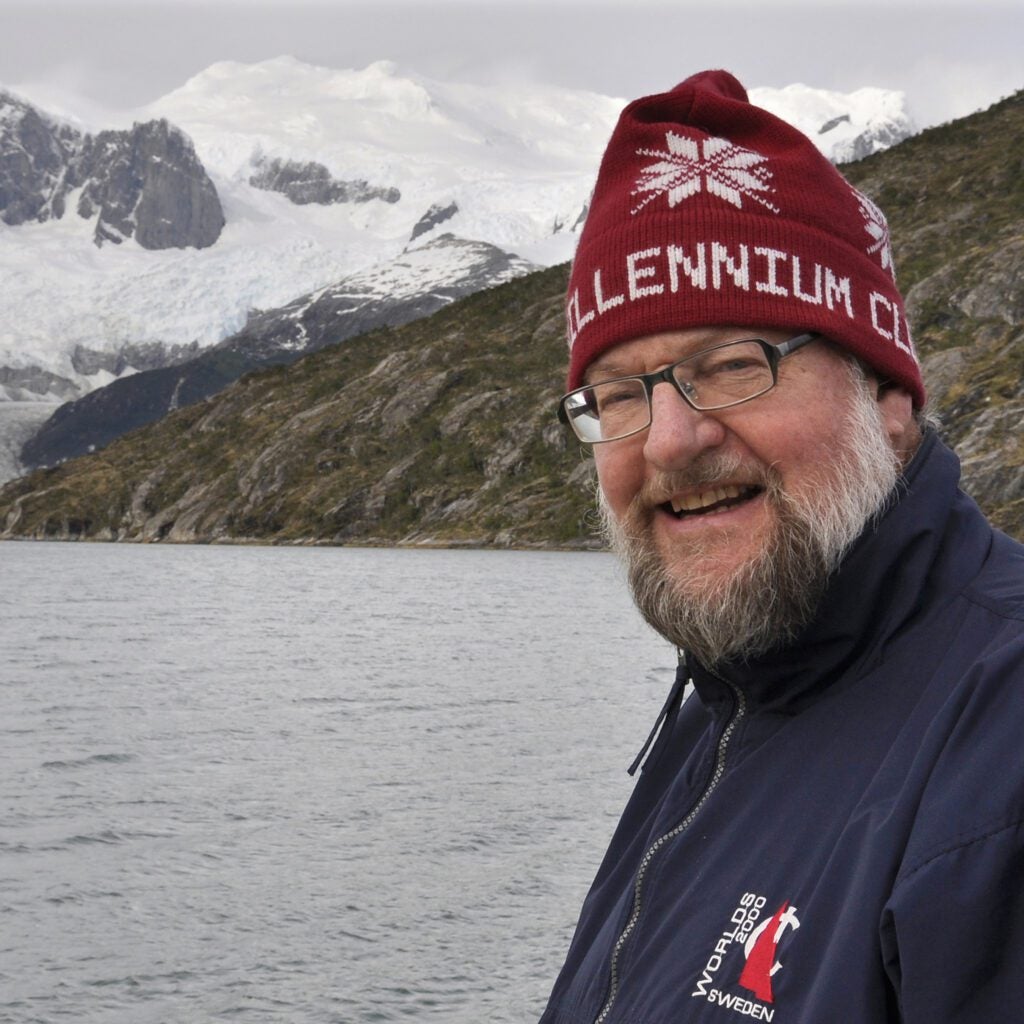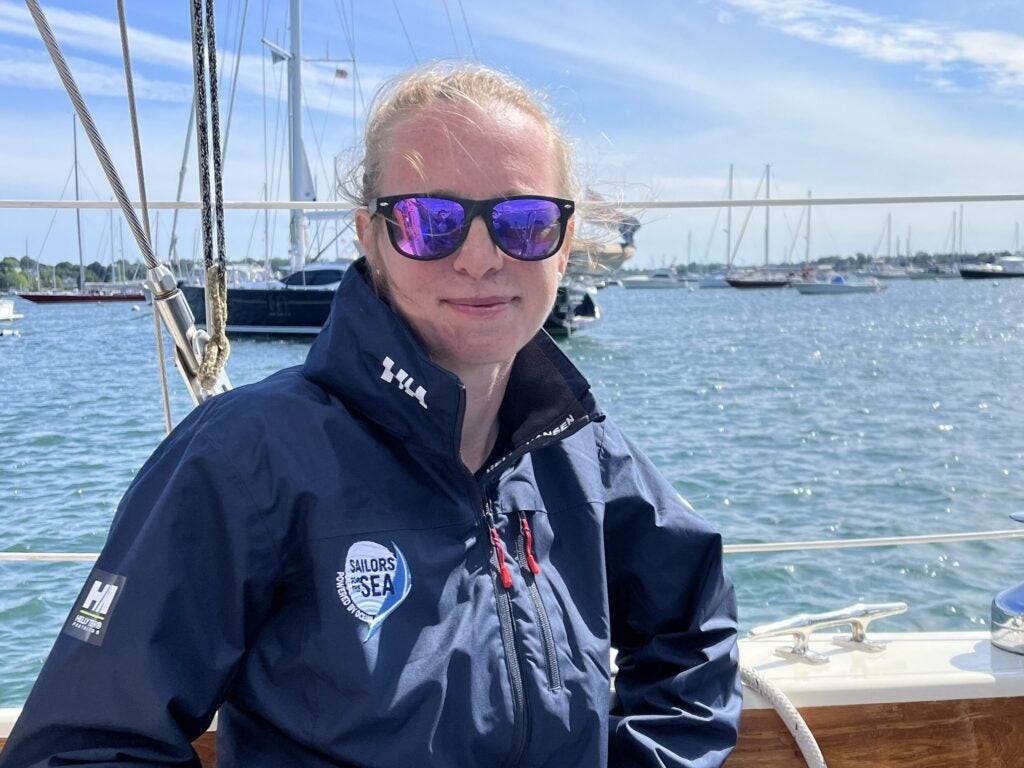February 26, 2024
The story behind Sailors for the Sea
BY: Sarah Holcomb
Q&A with David Rockefeller, Jr. and Dr. Shelley Brown


David, why did you found Sailors for the Sea? Where did the idea come from?
DR: Twenty years ago, the Pew Oceans Commission, which I was a part of, released a report about the state of our oceans, and it wasn’t pretty. Overfishing, pollution, and habitat destruction were threatening the seas. I knew that as a sailor, I had to help. One of the biggest issues I noticed was that sailors and boaters – an amazingly talented and civic-minded group – were not taking organized action on behalf of the oceans we love.
A year later, in 2004, I co-founded Sailors for the Sea along with my friend, Dr. David Treadway, another avid sailor. In 2006, we launched our first program, Clean Regattas. This program has grown significantly, starting with just five events in New England that first year to more than 400 events worldwide in 2022 alone. It is now the world’s leading sustainability certification program for water-based events.
In 2018, Sailors for the Sea officially became part of Oceana. How has this benefited both Oceana’s campaigns and the work of Sailors for the Sea?
DR: Joining forces with Oceana has helped to fuel Sailors for the Sea’s growth and outreach abilities far beyond what we could have achieved alone. A new generation of sailors entering the sport wants to become ocean activists and they’re finding us. Today, Sailors for the Sea has more than 71,000 members, our Green Boaters, who routinely speak up for our oceans and follow our Green Boating best practices like using renewable energy and non-toxic cleaning products aboard their boats.
So far this year, these Green Boaters have taken nearly 40,000 actions, including signing petitions and reaching out to their elected officials in support of Oceana’s campaigns. This is a big win for our oceans.
Shelley, you first joined Sailors for the Sea as Education Director. Why is science education something that you’re passionate about?
SB: During my Ph. D. program, I had the opportunity to develop outreach curricula for children and adults based on my marine microbial ecology research. I quickly realized the importance of clearly communicating science to the public and decided to make this my career — in particular, educating others about the critical issues impacting our oceans. When I first joined Sailors for the Sea, I was responsible for creating our Green Boating Guide and developing the Kids Environmental Lesson Plans (KELP) program. Both resources are backed in scientific research and help make complex ocean health issues easily understandable.
How has KELP grown over the years, and what’s next for the program?
SB: Our KELP program was originally created for sailing instructors to use on rainy or windless days to teach young sailors about ocean health. As we created more lesson plans, we found that these hands-on KELP activities were being widely used by teachers, parents, camp counselors, and nature center educators.

In the last 10 years, KELP has been used by more than 4,700 organizations, schools, and families — reaching over 380,000 children across all 50 U.S. states, as well as 76 countries. The program currently features more than 50 free, downloadable activities that address topics including overfishing, climate change, ocean acidification, and plastic pollution. As the program has grown, we have created an instructional video series, launched a new logo and mascot, and developed helpful assets for educators. Our goal is to bring ocean education into thousands of homes, classrooms, camps, and other organizations to activate the next generation of ocean stewards.
Why is ocean conservation education important, especially for children?
SB: How can we expect people to protect something they don’t understand or experience? Around the world, research has shown that children have limited knowledge about the ocean because marine science topics are absent in most school curricula. The ocean is critical to life on our planet. Understanding that at an early age, can form personal connections with the underwater world and motivate people to protect and restore the ocean. Ocean-related educational resources can be tricky to find or access, and that’s where our KELP program can help.
What gives you hope for our ocean’s future?
DR: I have hope because in the last two decades both the importance of the oceans and the plight of the oceans have become so clear to both the general public and to policymakers. Sailors for the Sea and Oceana can take a lot of credit for this. I’m also optimistic because the ocean science has made great strides in this century, giving decision makers more confidence in what they recommend.
SB: I’m surrounded by people who give me hope. My colleagues across this blue planet are fighting tirelessly to pass policies to stop overfishing, reduce pollution, and protect marine habitats. Our communities of sailors and boaters are speaking out and working to protect their waterways. Children, including my own, are learning about and experiencing the wonders of the ocean. They are becoming changemakers. More people are building stronger connections to the seas. I have hope because people will protect what they know and love.
To learn more about Sailors for the Sea, visit sailorsforthesea.org.



